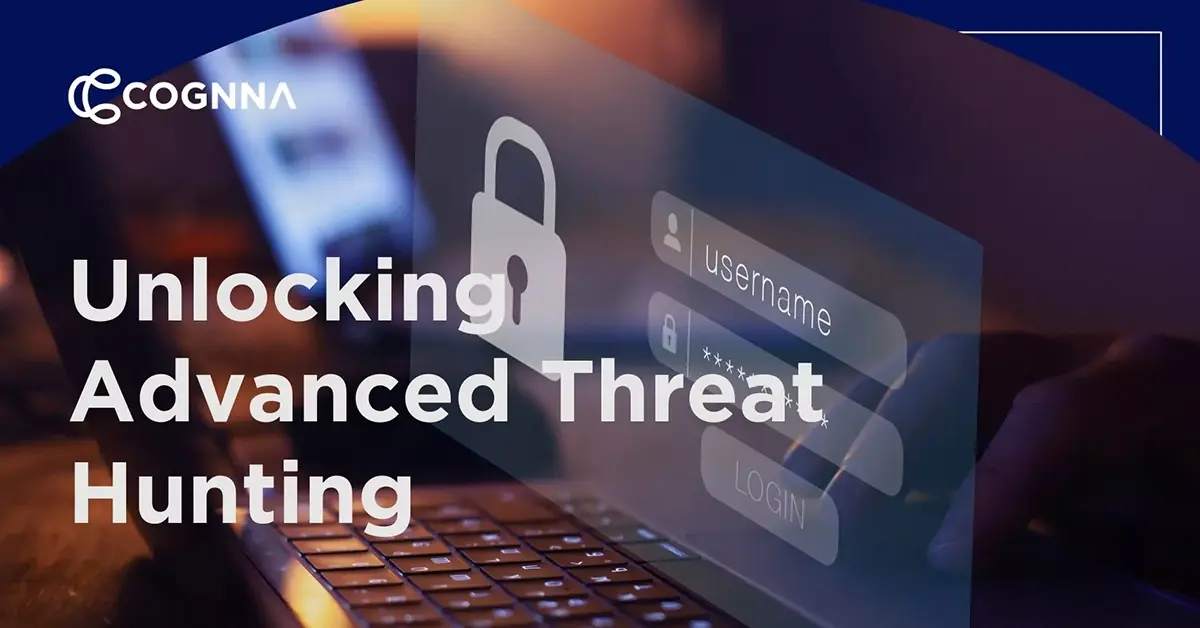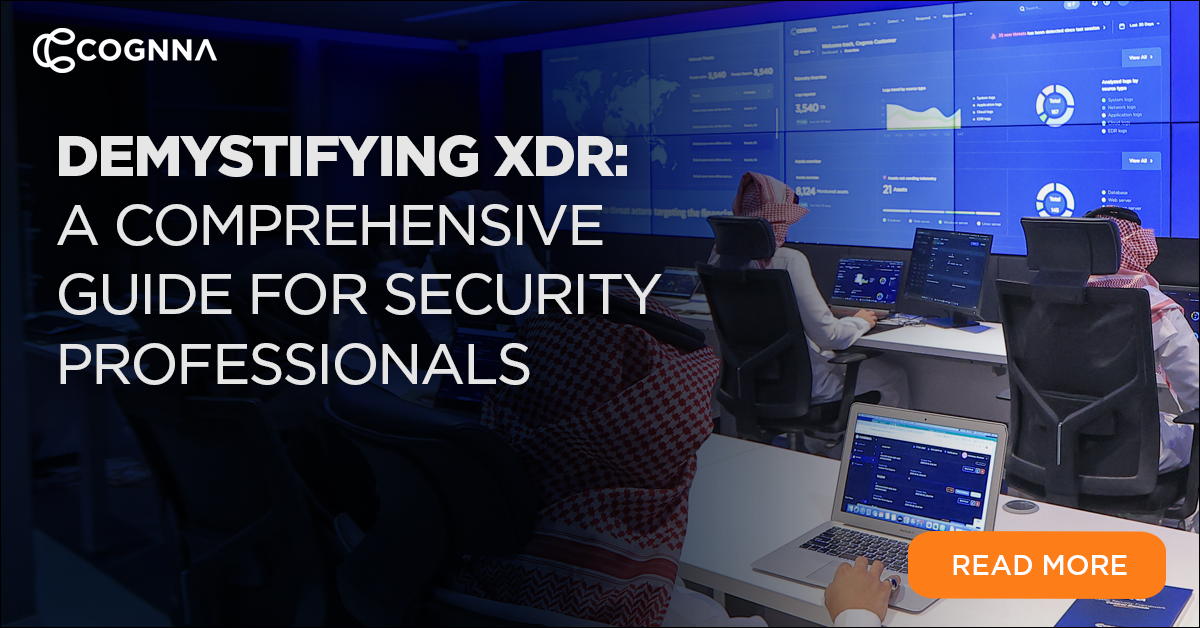Many lateral movement techniques rely on system utilities like cmd.exe to blend in with legitimate activities. This post examines how malicious...

Lateral movement is one of the most critical phases in a cyberattack, occurring after an initial breach. Once inside, attackers move discreetly between systems searching for valuable data or high-privilege accounts. Below, we’ll explore what lateral movement is, why it matters, and how organizations can detect and mitigate such threats.
Introduction
In the world of cybersecurity, attackers often try to move quietly within a network after they break in. This tactic is known as lateral movement. Think of it like someone sneaking into a building and then moving from room to room without being noticed, looking for valuable items.
Lateral movement is a serious threat because it allows attackers to explore and access important parts of a network. They can find sensitive data, gain control of systems, or prepare for a bigger attack. Traditional security measures might not detect this because the activity happens inside the network’s walls.
This blog will help you understand the fundamentals of lateral movement, including the methods attackers use and the clues they leave behind. By learning how to spot these hidden movements, you can strengthen your defenses, catch threats early, and protect your organization’s valuable assets.
Executive Summary
| MITRE TACTIC | Lateral Movement |
| MITRE ID | TA0008 |
| MITRE Definition | Lateral Movement consists of techniques that adversaries use to enter and control remote systems on a network. Following through on their primary objective often requires exploring the network to find their target and subsequently gaining access to it. Reaching their objective often involves pivoting through multiple systems and accounts to gain. Adversaries might install their own remote access tools to accomplish Lateral Movement or use legitimate credentials with native network and operating system tools, which may be stealthier. |
Overview
Lateral Movement is a series of methods cybercriminals use to navigate an infected network, identify vulnerabilities, escalate privileges, and ultimately achieve their target, often compromising sensitive systems or data.
Impact
- Extended Access: Attackers can remain undetected for long periods, providing ample opportunities to steal or manipulate data.
- Data Theft: By moving around the network, attackers can locate and exfiltrate sensitive information (personal data, financial records, confidential business files..etc).
- System Control: Gaining access to more systems can allow attackers to control critical parts of the network, potentially leading to major disruptions or deployment of malware/ransomware.
- Escalated Privileges: Attackers often seek higher access levels to reach protected areas of the network, making them more difficult to stop.
- Increased Recovery Costs: The more systems that are compromised, the greater the effort (and cost) required to remediate.
- Reputation Damage: Publicly disclosed breaches can hurt an organization’s image and result in loss of customer trust.
Understanding these consequences underscores the need for proactive threat hunting and strong detection mechanisms for lateral movement.
Technical Details
Below is a concise overview of the most common lateral movement techniques:
| Technique Category | Specific Techniques | Description |
| Credential Access and Reuse | – Credential Dumping- Pass-the-Hash- Pass-the-Ticket | Attackers steal and reuse credentials to access other systems without needing actual passwords. |
| Privilege Escalation | – Exploiting Vulnerabilities- Abusing Misconfigurations | Gaining higher access levels within the network to access restricted systems and data. |
| Remote Execution | – Remote Desktop Protocol (RDP)- Windows Management Instrumentation (WMI)- PowerShell Remoting | Executing commands on remote systems to move laterally across the network. |
| Network Reconnaissance | – Network Scanning- Service Enumeration | Mapping the network to identify targets, services, and potential vulnerabilities. |
| Pivoting and Tunneling | – SSH Tunneling- Proxy Usage | Using compromised systems to reach other network segments or devices not directly accessible. |
| Bypassing Security Controls | – Disabling Security Tools- Code Obfuscation- Using Legitimate Tools | Evading detection by manipulating or avoiding security measures and using trusted system utilities. |
| Persistence Mechanisms | – Scheduled Tasks- Registry Modifications- Service Creation | Maintaining long-term access to systems even after reboots or security updates. |
| Advanced Directory Attacks | – Golden Ticket Attack- Silver Ticket Attack | Forging authentication tickets to impersonate users and access resources within the domain. |
| Data Exfiltration Preparation | – Data Staging- Setting Up Exfiltration Channels | Collecting and preparing data for extraction out of the network through covert channels. |
| Communication Evasion | – Encryption- Tunneling Protocols | Hiding malicious communications within normal network traffic to avoid detection. |
Mitigation & References
Here are key defensive strategies organizations can deploy to reduce the risk of lateral movement:
| Defensive Strategy | Implementation |
| Network Segmentation | Divide the network into isolated segments; restrict access between them with firewalls and ACLs. |
| Strong Authentication | Implement multi-factor authentication; enforce strong password policies; use secure credential storage. |
| Monitoring and Logging | Deploy centralized logging systems; use Security Information and Event Management (SIEM) tools; monitor for unusual activities. |
| Endpoint Security | Install antivirus/anti-malware solutions; use Endpoint Detection and Response (EDR) tools; keep systems patched. |
| User Education | Train employees on security best practices; conduct regular awareness programs on phishing and social engineering. |
| Access Control (PoLP) | Grant users the minimum access necessary; regularly review permissions; disable unused accounts. |
| Patch Management | Keep all software updated; apply security patches promptly to close vulnerabilities. |
| Incident Response | Develop and regularly test incident response and disaster recovery plans; define clear roles and procedures. |
| Application Whitelisting | Allow only approved applications to run on systems; block unauthorized software execution. |
| Implement Security Policies | Establish clear security guidelines; enforce compliance through regular audits and assessments. |
| Use of Encryption | Encrypt sensitive data at rest and in transit; implement secure key management practices. |
| Anomaly Detection Systems | Utilize behavioral analytics and machine learning to detect unusual patterns indicative of threats. |
By understanding the foundational concepts of lateral movement, organizations are better positioned to defend against these advanced tactics.
In the next blog, we’ll delve deeper into specific threat-hunting scenarios and how to detect and stop these attacks.






